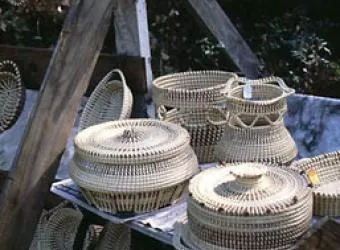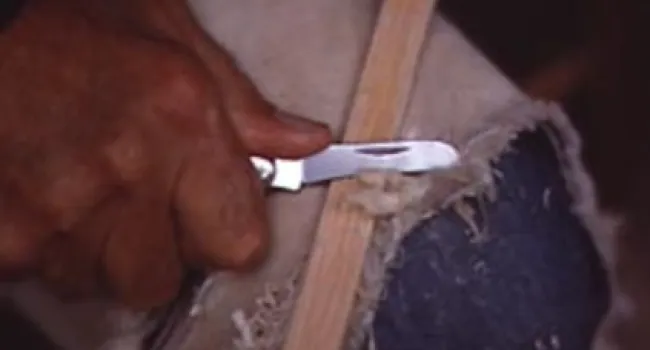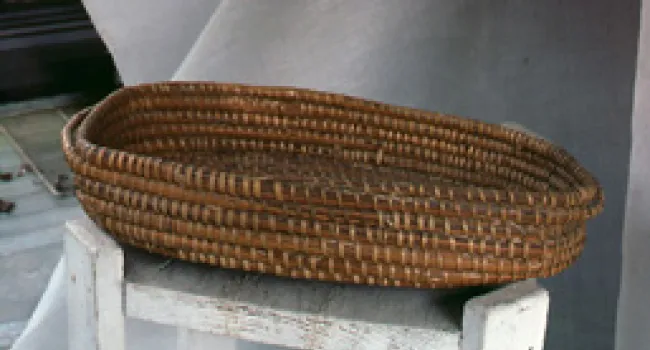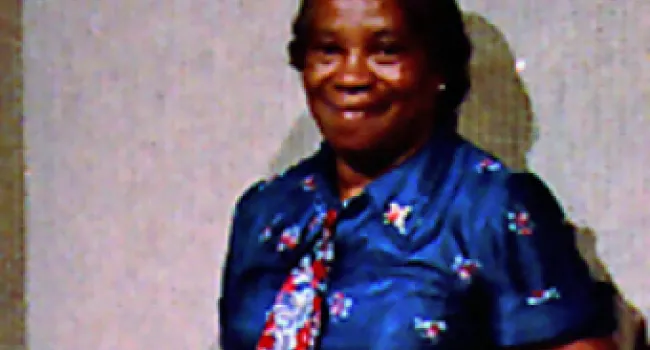
Document
The document includes transcripts for Henrietta Snype's audio.
Basketmaking in South Carolina reflects the blending of Native American, European and African traditions to create two predominate types of baskets - the coiled baskets of the Lowcountry and woven baskets of the Piedmont and Blue Ridge. Native Americans used river cane to plait baskets, mats and fish traps. Europeans maintained Old World techniques and forms, adapting them to new materials like white oak to weave their harvest baskets and clothes hampers. On the coast, enslaved Africans brought their knowledge of rice production and introduced coiled basketry using local sweetgrass, bulrush, palmetto, and pine needles. Today, traditional basketmakers have adapted their forms to a changing market and most baskets are made for decorative use.
Content is provided by McKissick Museum, University of South Carolina.
For further information about any of the artists featured on Digital Traditions, send your questions and comments to hallagan@mailbox.sc.edu.

Document
The document includes transcripts for Henrietta Snype's audio.
Audio
Henrietta Snype shares how long it takes her to make baskets.
Document
The document includes transcripts for John Derrick's audio.
Photo
A native of Leesville (Lexington County), Derrick came from a long line of basketmakers. His grandfather, William Derrick, farmed and made baskets in the Saluda River bottoms where Lake Murray is...
Audio
John Derrick explains why learning to split wood is the most difficult aspect of basket making.
Audio
Derrick judges by the length of the wood what size to make a basket.
Document
The document includes transcripts for Leroy Browne's audio.
Photo
Resident of St. Helena Island, SC (Beaufort County). His father, George Brown, taught basketmaking at the Penn School on St. Helena Island in the early 20th Century. The school was founded in the...
Document
The document includes transcripts for Louise White's audio.